How to Sell Online in India?

Know all about how to sell online in India in this detailed article.
For modern-day entrepreneurs, the world of eCommerce offers a plethora of opportunities. You can sell anything from a pencil to a motorbike online today.
If you are a budding entrepreneur selling products online in India is no longer an option; it’s a requirement today.
The eCommerce market has grown remarkably over the years. Based on recent research, the Indian eCommerce business is estimated to hit $200 billion by 2026. However, one must understand that the path to success in eCommerce is not a bed of roses.
There are multiple factors that determine your success as an eCommerce seller. A few of them include –
- Ensuring access to products at all time
- Ensuring access to products from any place
- Ensuring access to products from any device
- Ensuring access to cashless transactions
- Ensuring access to no-contact delivery
When you take care of the above parameters, success will automatically follow you. The ecosystem is also quite conducive for an eCommerce business to flourish, thanks to a global pandemic.
But along with the above parameters, you need to follow certain steps to sell online successfully in India. This post will answer the million-dollar question ‘how to sell a product online in India’ through a step-by-step process.
How to Sell Online in India?
1. Select Products To Sell Online
Business owners who are starting an online store from scratch obviously have to choose the products.
If they are planning to sell their own products, they need to think about what cost-effective items they can mass-produce. Alternatively, one can start as a dropshipping store to save on inventory and other upfront costs.
In a dropshipping store, business owners don’t have to keep the products they sell in stock—instead, they can simply display the products of third-party vendors who will then ship them directly to the customer.
In other words, you don’t have to keep track of inventory or handle products directly. This whole process makes it easier for business owners to get into the world of the eCommerce market without having to worry about huge investments.
Pro tip: While selecting the products, look at market trends to assess the demand for specific products. Also, look for reputable suppliers who can provide you with a high-quality inventory.
2. Do Market And Competitor Research
Start by understanding your target market’s pain points and what motivates them to purchase. Combine this with demographic data such as age and gender.
Use this combined data to craft a buyer persona. A buyer persona is nothing but a fictional avatar of your most ideal customer who has the highest propensity to buy from your store.
It is also recommended to always keep an eye on social media to see what people are posting. Check Google Trends to see what’s currently trending right now. Update your store based on it.
You can also explore large eCommerce brands like Amazon, Flipkart, etc., to get more insights on the really popular products. One way to do this is by looking at their top-selling and highly reviewed products.
If you are an entrepreneur or business owner who is already selling trending items, now is the time to scale up as you can capitalize on the surge in demand.
However, be wary of the fact that the level of competition will significantly increase over time. What this means is you cannot keep selling the same products over and over again. You need to constantly refresh the catalog and keep it updated according to the latest trends.
It’s also important to keep track of the competitors. Start by visiting their social media profiles and their website.
Understand their USP or how they are differentiating themselves from others. Look into customer reviews and see what your competitors are doing right and where they are going wrong.
For instance, a vast majority of the customers might be unhappy with the return policies of your competitors.
Then this becomes one area where you can score more than your competitors. By doing it right, you can attract disgruntled customers from your competitors to your own website.
Lastly, you should talk to people in your industry preferably from all parts of the supply chain, including manufacturers, warehouse agents, and logistics partners.
Their insights will be the key to unlocking everything about the future of your business, your potential customers, your ROI, etc.
3. Create A Strong Brand
Establishing a powerful brand and building a strong voice can improve brand recognition in the minds of the customers. Business owners can shape their customers’ perception of what they stand for by strategizing their branding.
But remember this – the branding process is an ongoing activity that evolves throughout the life of your business. On that note, here are three essential components that need to be prioritized in any branding exercise –
- Business name – Your business name will appear everywhere, from your logo to your social media handles. It is important that the name you choose is relevant, catchy, and goes well with your brand voice. For example, Amazon is a powerful name that was selected because it was named after the largest river in the world. Jeff Bezos, the CEO of Amazon, wanted to build the largest bookstore in the world and hence picked this name to the similarity.
- Domain – Like a business name, your website’s domain plays a crucial role in your store’s brand recognition. But along with that, your domain name also affects your store’s ranking on search results. Since it serves as an online address for your business, picking a clear, customized domain name that matches very closely with your business name is essential.
- Logo – A logo is the heart of your brand, and it represents the essence of your store’s personality. So, designing a logo that matches your brand is very important. You can either design the logo using an online logo maker or hire a professional designer. Logos are so powerful that you can identify many brands just by looking at their logos.
4. Set Up An Online Storefront
If the logo is the heart of your eCommerce store, the online storefront is the face of it. This is where your customers are going to visit you, check out your offerings, and make a purchase.
Whenever we talk about the storefront, ‘user experience’ will always make its way into the discussion. Remember this – a storefront is built for a customer and not for you.
So craft it according to customers’ needs. For instance, make the checkout and registration processes smooth with minimal interferences.
Gone are the days when building an online store took months or even years. Today platforms like Wix and WordPress make it a child’s play to build an online store.
Their intuitive drag and drop features coupled with flexible customization capabilities make them your final destination in the search for the perfect platform to build an online store.
5. Promote Your Business And Products.
Now that your eCommerce store is set, you might think that your job is done. You cannot be more wrong. Now is the time to run.
In other words, it’s time to market your products. Your target audience needs to know about your store and the products. You should highlight your USP to them. Here are three steps to nail your store promotion –
- Improve visibility – When you are starting out as a new eCommerce store, you are literally invisible to your target audience. They do not know who you are and what you are selling. You need to slowly improve visibility amongst these people. Remember – the goal of this step is not to get orders but to infuse your name into their minds.
An important ally for you during this phase is SEO. Spend time curating valuable content that people are searching for. Incorporate relevant keywords in these content pieces, and you will be at the top of search results in no time.
Apart from SEO, you can even embrace paid ads and influencer marketing. However, these marketing channels are not cheap and are only recommended if you have large coffers and looking for quick results.
During the initial stages, it is always recommended to go the SEO way as they are free, and the only thing it demands from you is time.
- Improve conversions – Once you have come under the radar of your target audience, it is time for conversions. In the initial days of your eCommerce journey, the best way to improve conversions is by offering attractive discounts and offers. People are getting more and more cost-conscious and have a variety of options today for purchasing the same product. So lure them by offering products at a price that is lower than your competitors.
Even if they are not purchasing the products, get valuable information from them such as their age, gender, interests, etc. Such information will be handy when you have to offer them targeted promotions at a later stage.
Don’t forget to give due attention to abandoned carts. One of the biggest mistakes that new eCommerce sellers make is ignoring the users who have abandoned their carts.
These are users with high buying intent and should not be ignored. Re-engage them with special offers and discounts to convert them.
- Improve retention – A very important lesson in the world of eCommerce is – retaining customers is way cheaper than attracting new customers. So it is vital to keep engaging your existing customers through emails or social media. Build a strong relationship with them by sending personalized messages and offering personalized discounts on their special days, such as birthdays and anniversaries. Such small actions will come in handy when you have to retain customers for a long time.
6. Create A Safe Payment System
Customers love options, and this is quite evident in the number of payment options available today.
Credit cards, debit cards, internet banking, UPIs, and cash on delivery are some of the really popular ones. Businesses are also spoilt for choices when it comes to payment gateways as the market is flooded with them.
But we are also living in a world where payment fraud has become quite common. What this means is it is the responsibility of the seller to create a safe payment ecosystem for the customers. So pick a payment platform that prioritizes security over everything else.
Most eCommerce platforms today come with plug & play integrations with all these payment methods and payment gateways.
They are really easy to set up, and you can start accepting payments from day one. These platforms also come with an integrated dashboard where you can track transactions, invoices, refunds, etc., in one place.
7. Plan Your Shipping And Packing
An eCommerce business cannot survive without shipping. So it is important to pick the right logistics partner who is not only affordable but is also reliable.
Ensure that the logistics partner doesn’t have any geographical limitations. This is applicable especially if your target audience encompasses the rural population.
Pick the right packing materials. A wrong-sized box can lead to product damage, and you can lose your reputation amongst your customers.
Also, many stores customize the packing materials to include their name and logo on the packages. This serves as an excellent marketing strategy.
Make sure to provide all the necessary shipping and return information, such as the estimated delivery date and shipping costs, to the customers on the website. This will help them make an informed decision while purchasing.
How Lio Automation Can Help You Business Process
Automation surely does make a difference in running a business whether small or large. It can be tricky and overwhelming at first to switch all the business processes to automation but not with Lio.
Lio Automation gives you many amazing features that make your work super simple and effective. There are very many features that will help you and your business in various aspects. From connecting and staying in touch with your customers, to working together as a team, and everything in between, Lio Automation will truly make your business run smoothly and make it reach new heights of success.
If you are using Lio Automation for your business processes consider all your data safe and secure all the time. Not only is the data saved in the cloud, but it also offers a data versioning feature in which you can actually see the many changes the document or file has gone through and who has made those changes. You can save the version of the file as required by you.

Maximize Your Online Business Potential for just ₹79/month on Lio. Annual plans start at just ₹799.
Another great feature that Lio Automation offers is colour formatting the sheet. Colour formatting can help bring information and more clarity to the audience. Applying colours to different parts of any data will let you narrate a more effective story that easily catches one’s attention as well.
You can create dashboards for each file which would give you the clear details of your company’s operations, marketing campaigns, sales and other analytics. This is one useful feature that would truly make a difference to your business and help your see all the processes clearly so that you can make well-informed decisions.
Since customers are a big part of any business and staying in touch with them is a crucial job, Lio automation gives you the ability to automate Whatsapp communications. Automating WhatsApp communication is another popular trend that businesses can benefit from. With the help of this, you would be able to save a lot of time, boost your customer retentions and renewals, save a lot of money, have lower operating costs and much more.
Lio Automation also makes working in teams very easy with their Task feature. you can not just assign tasks to your team efficiently. You can set the priority of each task along with the due date. Your team will get a notification about the task automatically, even on Whatsapp, they can see their assigned tasks in the app, mark them complete, and you will get a notification on Whatsapp!
Not just this, Team management and work allocation are made super easy with Lio Automation. You can also work with teams in real-time and see all the changes happening.
You can share invoices and receipts with your customers while also sharing the payment links with them to make the whole transaction process smoother and absolutely hassle-free for everyone.
Lio also makes collecting valuable reviews from customers very easy with its automation process. Along with this, you can also manage leads very easily with the help of automation. Now no lead would be missed and can be responded to the minute you receive them.
There are several other amazing Lio automation features that are made so that you and your business can benefit from them. Excited to know more about it? Start with your Lio automation process for your brand and start your journey to success.
Step 1: Select the Language you want to work on. Lio on Android

Step 2: Create your account using your Phone Number or Email Id.

Verify the OTP and you are good to go.
Step 3: Select a template in which you want to add your data.

Add your Data with our Free Cloud Storage.
Step 4: All Done? Share and Collaborate with your contacts.

Conclusion
Now that you know how to sell a product online for free in India, it is time to start your online business, But remember – to succeed as an online seller, you need to constantly look for expansion opportunities. It could be through new sales channels or by attracting more customers to your business.
Unlike conventional brick-and-mortar businesses where huge investment is needed, online businesses can be easily started from home with minimal investment. It also provides the flexibility to start from anywhere around the world.
Apart from this, you should also track your inventory and finances regularly to be on top of your business.
In the early stages, you need not spend money on buying expensive software to do these activities when you can use applications like Lio, which offers a diverse set of templates to track profits, etc. Click here to download the app.


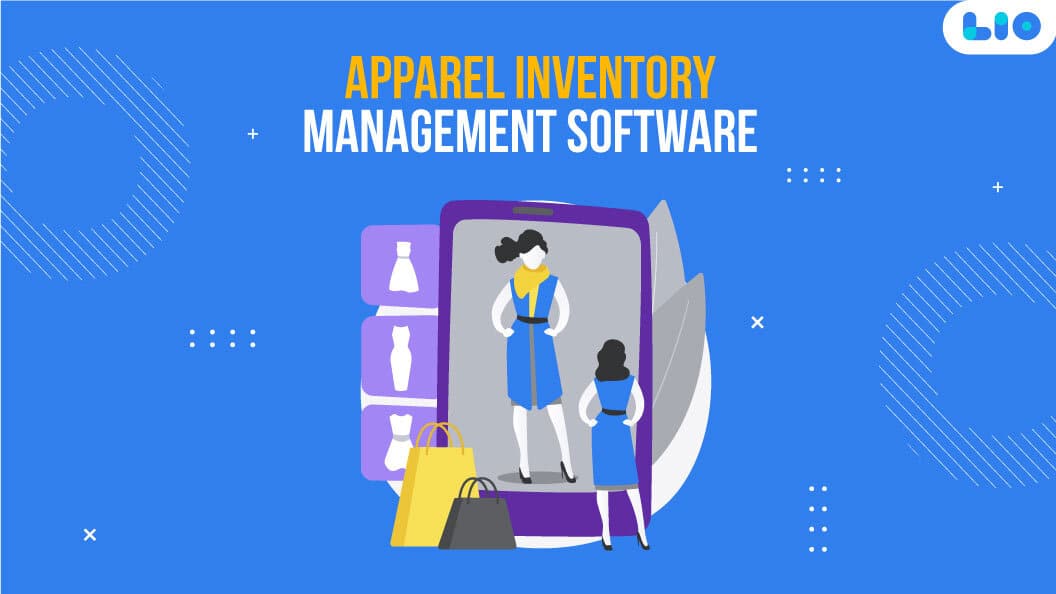


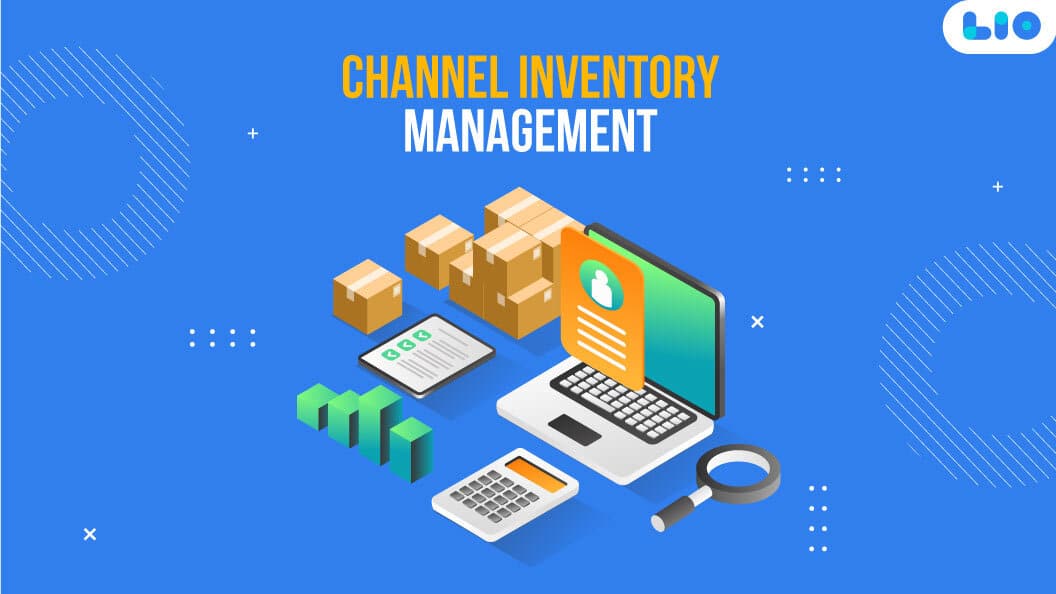

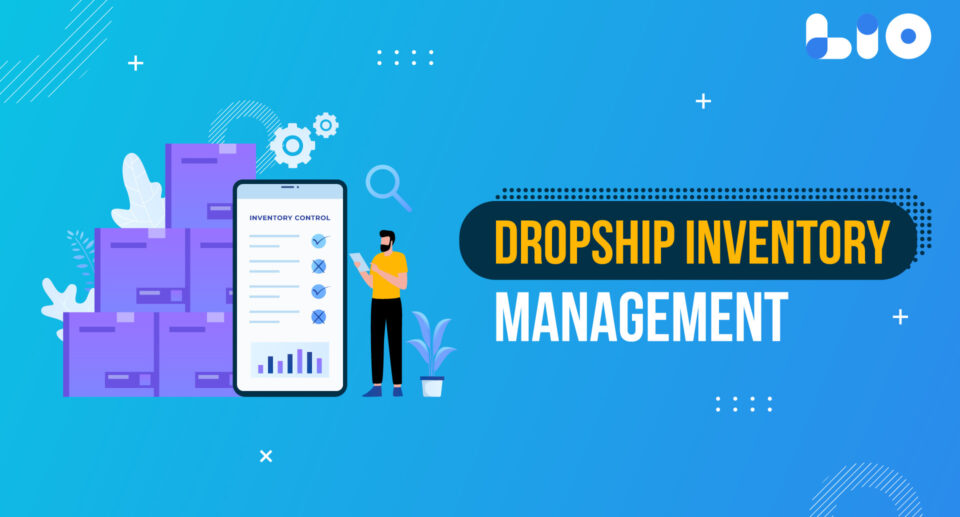
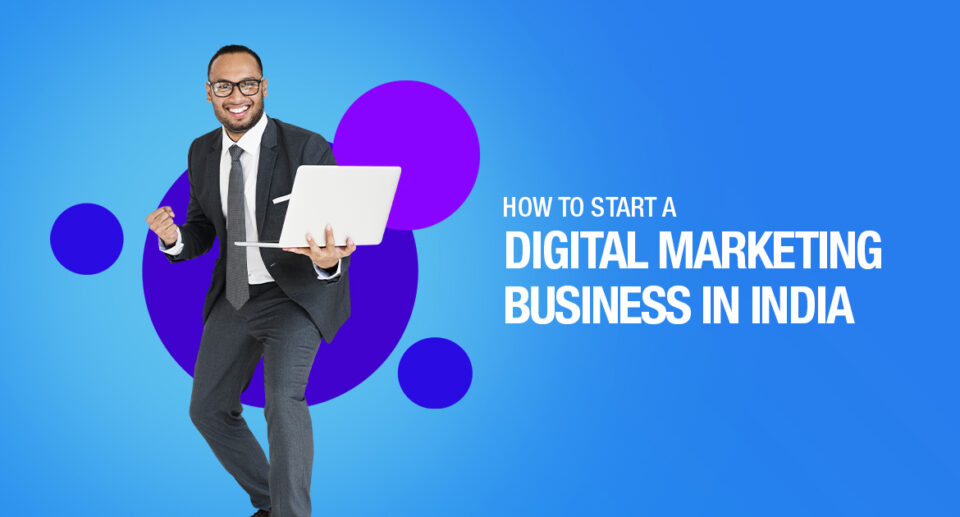
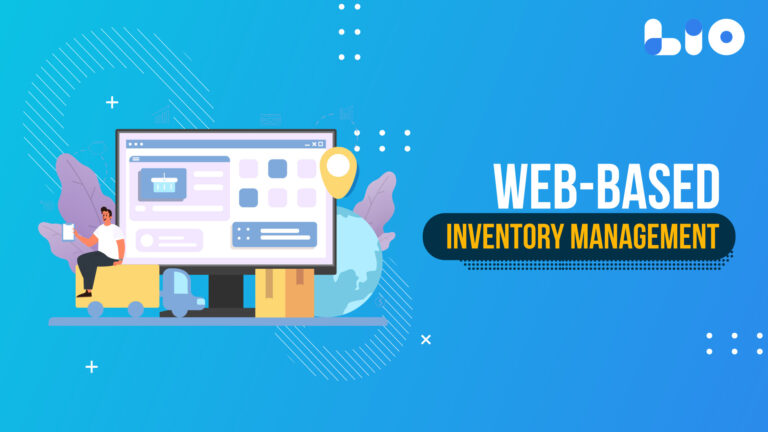
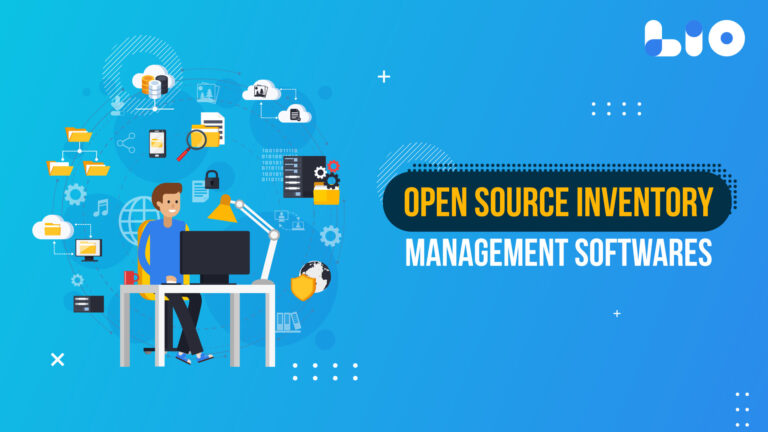
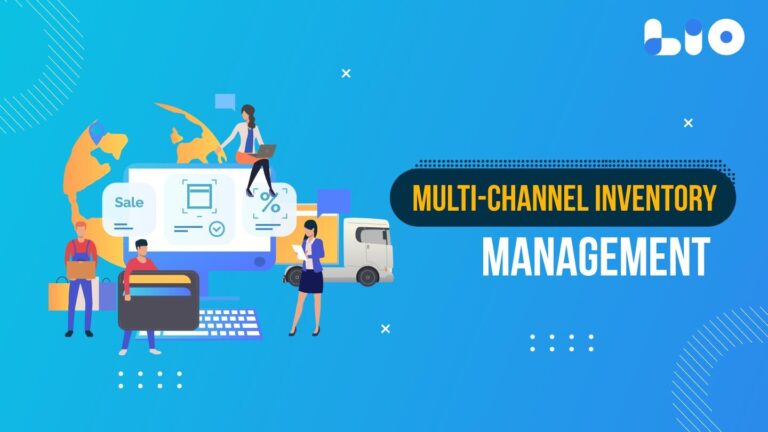
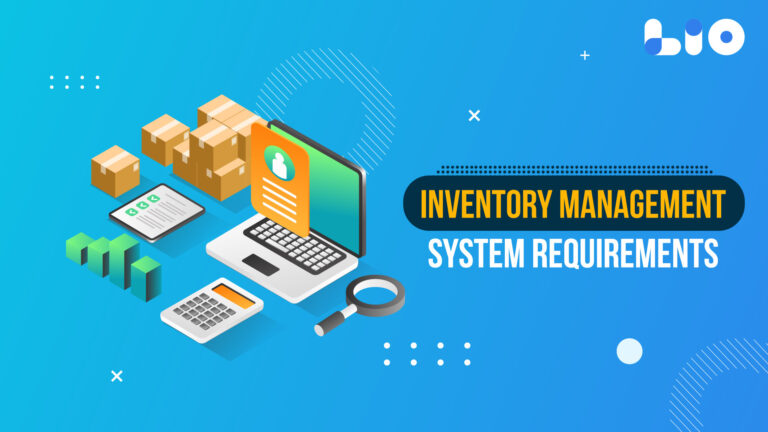





6 Comments
I want to start a business online. But can’t really decide on the exact number of products I should deal with. What would you suggest, either to go big or start with small in the beginning?
Hello Kamakshi,
I would advise you to conduct market research first in order to gauge the viability of your business concept. Verify if there is a real demand for your offering.
Start off small, since this will allow you the room and time to really test the market. If your product is well received by the customer, you may experience rapid growth; if not, you should solicit feedback and make necessary adjustments.
Is it possible to quantify a company’s profitability? How can I tell if it is profitable?
Hello Sunil,
We can use two different sorts of ratios to assess a company’s profitability: margins, which are financial ratios that show the proportion of sales or revenue that is turned into profits and returns, that are ratios that show the profits an organization or corporation is making for its shareholders.
You can also compute revenue Minus expenses to arrive at a profit.
A positive number indicates that you are making money. If the number is negative, your company is losing money. When it’s zero, you’re breaking even.
Please let me know a couple of the top online shopping sites where I can sell products.
Hello Anshika,
Some of the best websites for online shopping where you can sell products include Amazon, Flipkart, Snapdeal, Paytm Mall, and Meesho.